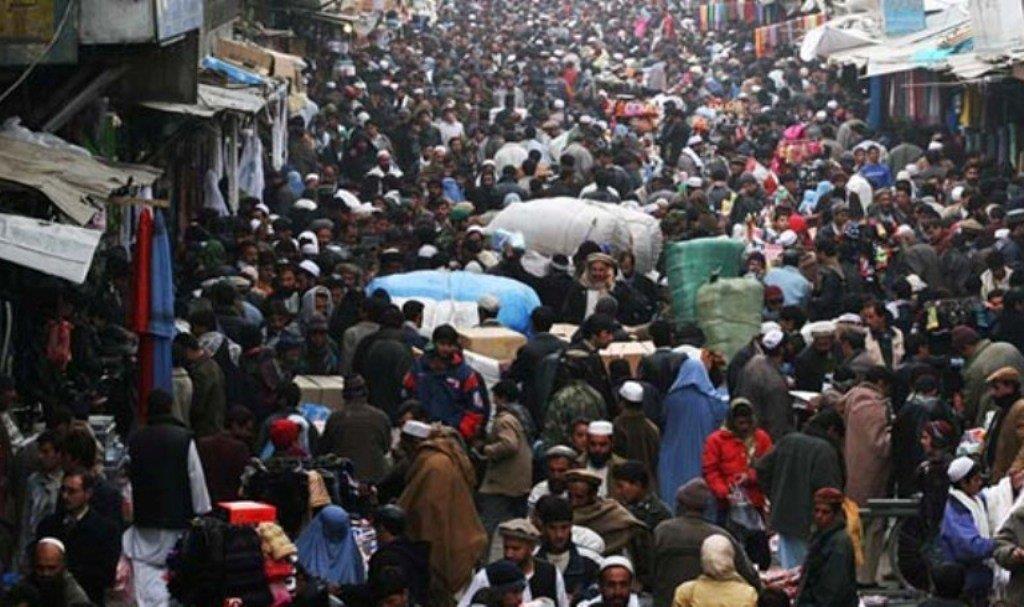
UN: 63% Of Afghanistan's Population Is Under 25
The United Nations Population Fund in Afghanistan (UNFPA) recently highlighted that approximately 63 percent of Afghanistan's population is under the age of 25. This statistic underscores the significant youth demographic in the country.
On the occasion of“World Youth Day,” UNFPA emphasized the importance of engaging this young population in meaningful ways. Such engagement, they noted, is crucial for ensuring that humanitarian and development efforts in Afghanistan are both effective and sustainable.
UNFPA also pointed out the need to enhance digital literacy among Afghan youth. By providing access to digital tools and platforms, young people in Afghanistan can bridge the gap in the global economy, access remote work opportunities, and foster innovation within their communities.
The statement from UNFPA came alongside recent data from the National Statistics and Information Authority (NSIA) of Afghanistan, which estimated the country's population to be around 35.7 million. This figure gives a broader context to the youth population in the country.
According to the NSIA, Afghanistan's population consists of 18.2 million females and 17.5 million males. These numbers provide a clear picture of the gender distribution within the population.
The NSIA also revealed that 9.2 million people live in urban areas, while over 25 million reside in rural villages. This urban-rural divide is significant when considering the access to resources and opportunities for the youth.
In comparison, the previous year's estimate by NSIA put the population at 34.9 million. This slight increase reflects ongoing demographic changes in the country.
Interestingly, various international surveys have placed Afghanistan's population at over 40 million, suggesting discrepancies in population data. These differences highlight the challenges in obtaining accurate population figures in Afghanistan.
Notably, the last official census in Afghanistan was conducted in 1979, making current population estimates more reliant on projections and surveys rather than actual counts.
Afghanistan's young population presents both challenges and opportunities. With a large percentage of the population under 25, focused efforts on education, digital literacy, and meaningful engagement are essential for the country's future development and stability.
However, since the Taliban took power in Afghanistan, they have banned girls' education beyond the sixth grade and restricted employment opportunities for women, leading to an increase in forced marriages and underage marriages in the country amid widespread poverty and a humanitarian crisis.
ShareFacebook Twitter WhatsApp Email Print Telegram
Legal Disclaimer:
MENAFN provides the
information “as is” without warranty of any kind. We do not accept
any responsibility or liability for the accuracy, content, images,
videos, licenses, completeness, legality, or reliability of the information
contained in this article. If you have any complaints or copyright
issues related to this article, kindly contact the provider above.






















Comments
No comment